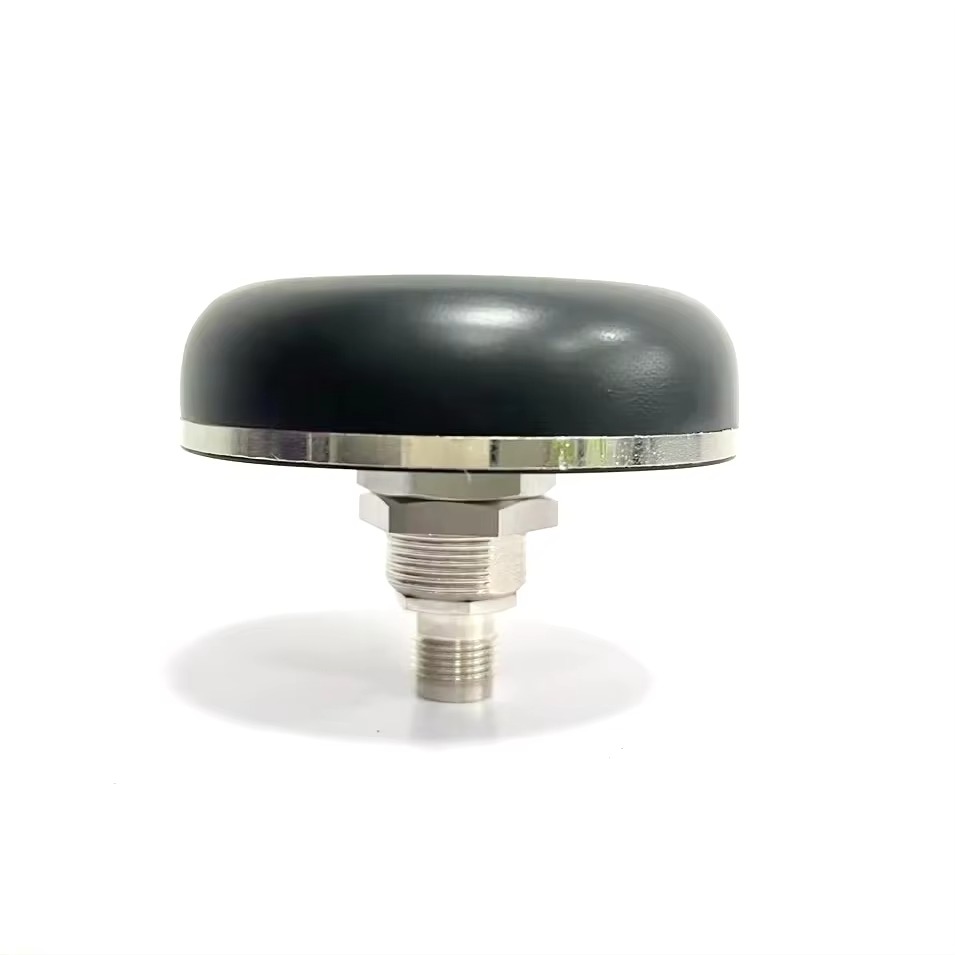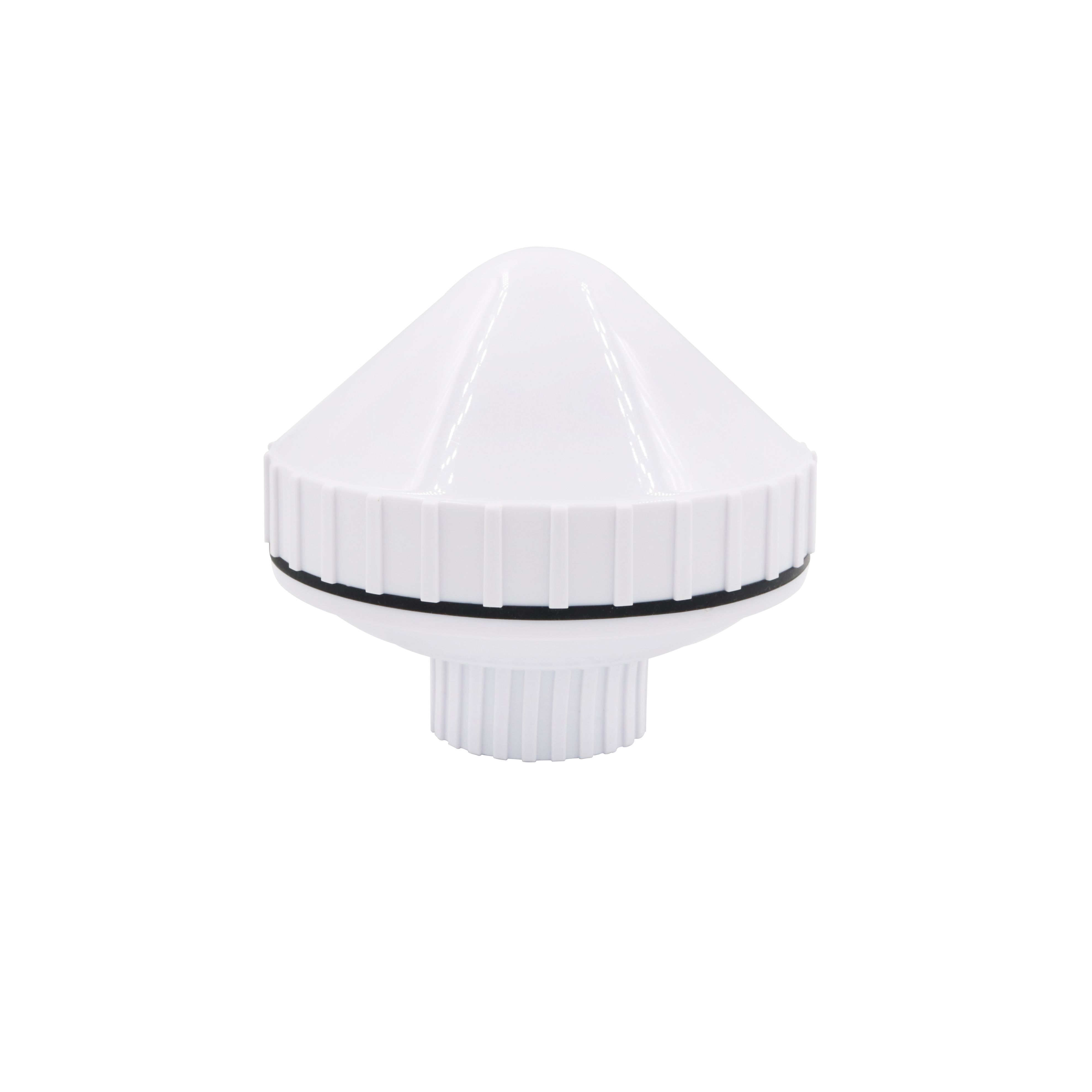The GNSS Timing Antenna finds application in a wide range of industries and systems where synchronized timing is critical. Key applications include:
Telecommunications: In cellular networks, precise timing is essential for coordinating signal transmission between base stations, preventing interference, and ensuring seamless handoffs between cells. The antenna provides the accurate time reference needed for technologies such as 5G, which requires synchronization to within 100 nanoseconds. It also supports backhaul networks, where synchronized timing ensures efficient data transfer between network nodes.
Power Grids: Synchronized timing is critical for monitoring and controlling power grids, enabling utilities to detect faults, manage load distribution, and coordinate the operation of renewable energy sources. The antenna provides the precise time stamps needed for phasor measurement units (PMUs), which monitor electrical waveforms in real time and help prevent blackouts.
Financial Trading: In global financial markets, transaction timestamps must be accurate to ensure fair trading and compliance with regulations. The antenna ensures that trading platforms, exchanges, and banks have synchronized clocks, preventing disputes over the order of transactions and enabling high-frequency trading strategies that rely on microsecond-level timing.
Aerospace and Defense: In aerospace, precise timing is used for navigation, flight control, and communication systems. The antenna provides a reliable time reference for aircraft navigation systems, ensuring accurate positioning and collision avoidance. In defense applications, it supports secure communication, radar systems, and synchronized operations across military units.
Scientific Research: Research facilities, such as particle accelerators and radio telescopes, require precise timing to coordinate experiments and analyze data. The antenna provides the synchronized time reference needed for aligning measurements across multiple instruments, ensuring the validity of research results.
Broadcasting: Television and radio broadcasters rely on synchronized timing to ensure that signals from multiple transmitters are aligned, preventing interference and ensuring consistent coverage. The antenna ensures that broadcast towers are synchronized, maintaining signal quality for viewers and listeners.
Smart Cities: In smart city infrastructure, synchronized timing is used for traffic management systems, where coordinated traffic lights reduce congestion; for public safety networks, where emergency services rely on accurate location and timing data; and for environmental monitoring, where sensors across the city need synchronized data collection.
These applications highlight the antenna’s versatility and its role as a foundational component in modern technological systems that depend on precise timing.
Installation and Maintenance Best Practices
Proper installation and maintenance are essential to ensure the GNSS Timing Antenna performs optimally throughout its service life:
Mounting Location: The antenna should be mounted in a location with an unobstructed view of the sky to maximize the number of visible GNSS satellites. Ideal locations include rooftops, utility poles, or open ground. Avoid mounting near large metal structures, which can block or reflect signals, or near sources of EMI such as transformers, motors, or radio transmitters.
Alignment: Using the adjustable mounting bracket, align the antenna horizontally to ensure optimal reception of RHCP signals. The antenna should be positioned to face the sky with minimal obstructions, and its orientation should be checked periodically to ensure it has not been disturbed by wind, vibrations, or other factors.
Cable Routing: Use high-quality coaxial cables (such as LMR-400 or equivalent) to connect the antenna to the timing receiver. The cable should be routed to minimize length, as longer cables can introduce signal loss. Avoid sharp bends or kinks in the cable, which can degrade performance, and secure the cable with clips or ties to prevent movement.
Weatherproofing: Ensure that the N-Type Connector is properly sealed with weatherproof tape or connectors to maintain the IP67 rating. This is particularly important for outdoor installations, where moisture ingress can damage the connector and degrade signal quality.
Grounding: Properly ground the antenna and mounting bracket to protect against lightning strikes and reduce EMI. Grounding should follow local electrical codes and standards, using appropriate grounding rods and conductors.
Regular Inspection: Periodically inspect the antenna for signs of damage, such as cracks in the housing, loose connectors, or corrosion on the mounting bracket. Clean the antenna surface to remove dirt, snow, or debris that could block signals. Check the cable for wear or damage, and replace it if necessary.
Environmental Monitoring: In extreme environments, monitor the antenna’s performance during temperature extremes or severe weather to ensure it continues to operate within specifications. Consider using protective covers or enclosures in particularly harsh conditions, while ensuring they do not obstruct signal reception.
By following these best practices, users can ensure that the GNSS Timing Antenna delivers consistent, reliable performance, minimizing downtime and maintaining the precision required for critical applications.
Future Trends in GNSS Timing Antennas
As technology advances, the demand for even more precise timing continues to grow, driving innovation in GNSS Timing Antennas. Key trends include:
Multi-Band Support: Future antennas may support additional GNSS bands (such as L2, L5, or E5) to enhance accuracy and availability. Multi-band antennas can mitigate the effects of ionospheric delays, improving timing precision in challenging atmospheric conditions.
Anti-Jamming and Anti-Spoofing: With the increasing threat of GNSS jamming and spoofing, antennas are being developed with enhanced filtering and signal processing capabilities to detect and mitigate interference. This includes adaptive beamforming, which focuses on legitimate satellite signals while rejecting jammers.
Miniaturization: Advances in materials and manufacturing are enabling smaller, more compact timing antennas without sacrificing performance. This is particularly valuable for applications where space is limited, such as in small cell networks or unmanned aerial vehicles (UAVs).
Integration with Other Sensors: Antennas may be integrated with inertial sensors (such as accelerometers or gyroscopes) to provide a backup timing reference when GNSS signals are lost. This sensor fusion ensures continuous timing accuracy, even in brief outages.
Energy Efficiency: Low-power designs are being developed to reduce the antenna’s energy consumption, making it suitable for remote or battery-powered applications, such as environmental monitoring stations or off-grid telecommunications.
These trends reflect the ongoing evolution of GNSS Timing Antennas, ensuring they remain at the forefront of precision timekeeping technology and meet the growing demands of modern industries.
Conclusion
The GNSS Timing Antenna is a critical component in systems where precise, reliable timing is essential. With its high gain, broad frequency range, robust construction, and N-Type Connector, it delivers the performance required for applications ranging from telecommunications and power grids to financial trading and scientific research. Its design, optimized for stability and signal purity, ensures that even in challenging environments, it provides a consistent time reference that underpins the operation of critical infrastructures.
As technology continues to advance, the role of GNSS Timing Antennas will only grow, with innovations in multi-band support, anti-jamming capabilities, and integration with other sensors enhancing their functionality. Whether enabling seamless 5G communication, preventing power grid failures, or ensuring fair financial transactions, the GNSS Timing Antenna remains an indispensable tool in the modern technological landscape, where precision




































































 Language
Language
 En
En Cn
Cn Korean
Korean

 Home >
Home > 







 18665803017 (Macro)
18665803017 (Macro)













